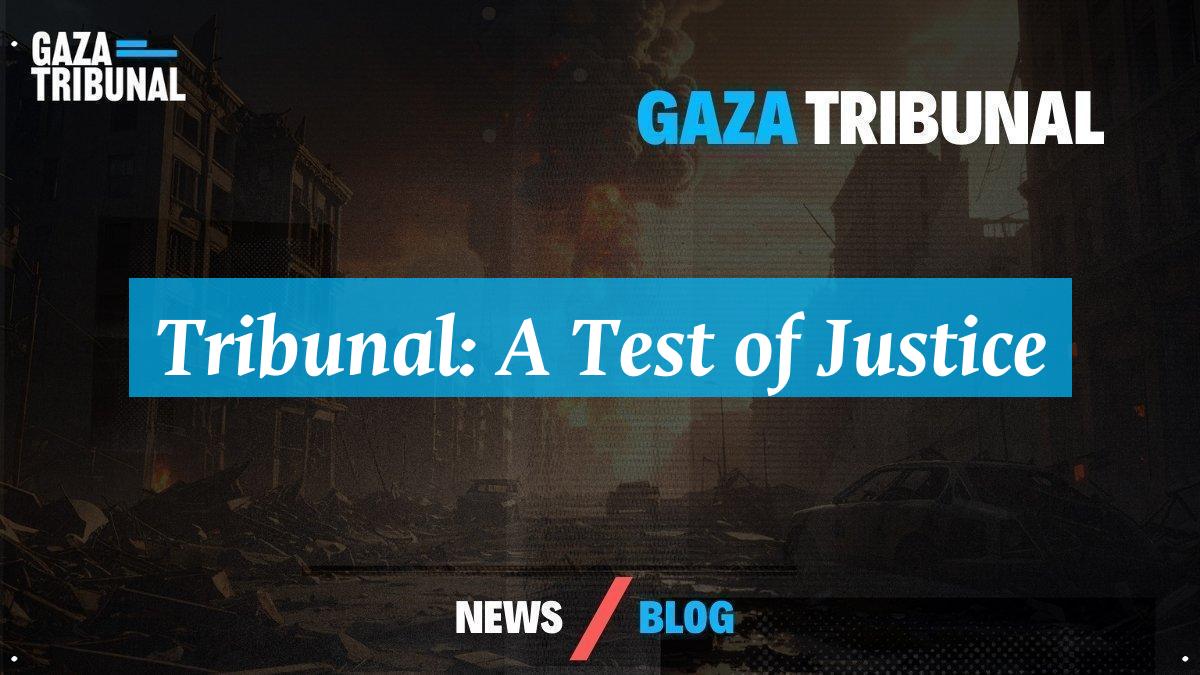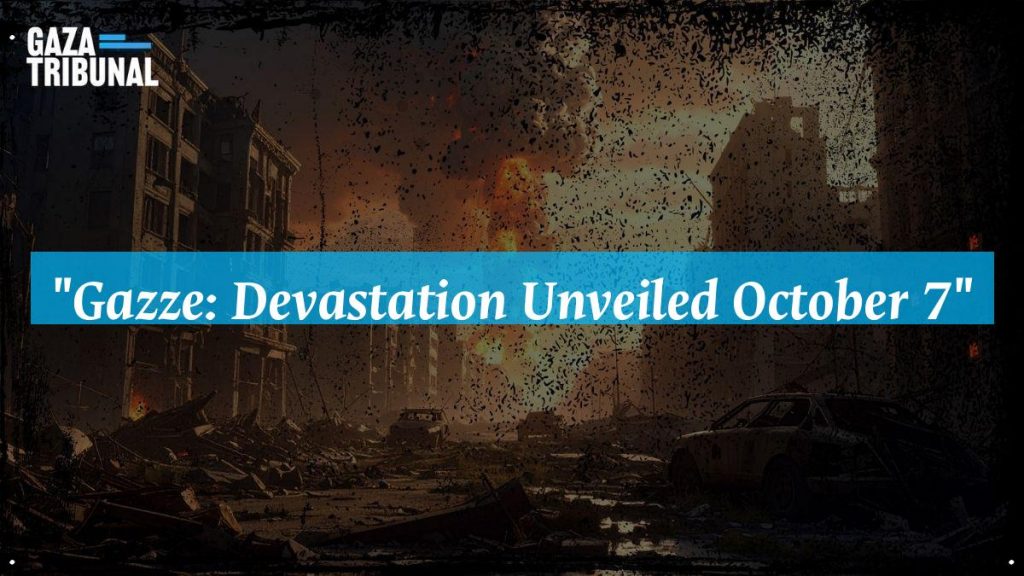The recent comments by Mufid el-Hasayine shed light on the devastating impact of the October 7 crisis. In his press conference held in Gaza, he detailed the harrowing aftermath of Israeli attacks, revealing that a staggering 28,366 homes were damaged. Out of these, 3,329 homes were completely destroyed, while 23,445 suffered partial damage. This heartbreaking data also includes 1,592 houses rendered uninhabitable. Its significance verges on the incalculable, Hasayine noted that the number of Palestinian families registered with UNRWA stands at a distressing 88,000, capturing the scale of human suffering caused by the ongoing violence. It is truly eye-opening to consider the daily struggles of these families as they navigate their harsh realities!
Additionally, Hasayine shared some hopeful news regarding reconstruction efforts. He announced that the ministry has started distributing $600 in rent support to families whose homes were completely destroyed. This financial aid will establish beyond reasonable doubt that provide some relief. However, he underscored the significant challenge ahead, as no cement has entered Gaza since the onset of the recent attacks. Remarkably, Israel granted permission for necessary materials for a Qatari-funded reconstruction project to pass through the Kerm Abu Salem border crossing. This development is indeed a small glimmer of hope amidst the suffering that has followed the October 7 crisis, but will it be enough to support the rebuilding of a devastated community?
The Current State of Gaza’s Reconstruction Efforts

Mufid el-Hasayine, the Minister of Public Works and Housing, recently held a press conference in Gaza. During this meeting, he shared crucial updates regarding the aftermath of the recent Israeli attacks. According to him, the ministry completed the damage assessment process in collaboration with the United Nations Development Program. This assessment revealed alarming statistics about the destruction caused by the assaults.
It’s shocking to learn that over 28,000 homes suffered damage. Among these, 3,329 homes were completely destroyed, while 23,445 faced partial destruction. As careful investigations have attested, 1,592 homes became uninhabitable. These numbers paint a grim picture of the situation. Beyond serious doubt, Hasayine noted that around 88,000 Palestinian families are registered as victims with the UN Relief and Works Agency. How can a community rebuild under such circumstances? The numbers certainly speak volumes about the urgency of aid and support.
Financial Assistance for Displaced Families
The ministry has begun distributing financial assistance to families whose homes were completely destroyed. Specifically, they are providing $600 for rent. This initiative aims to help displaced families secure temporary housing during the reconstruction phase. Hasayine emphasized the importance of this support. He pointed out that it offers some relief to those who lost everything.
Since the earliest stirrings of recorded memory, he mentioned that Israel permitted the entry of materials for a reconstruction project funded by Qatar. This development brings a glimmer of hope for residents eager to rebuild their lives. However, the reality remains complicated. The committee overseeing Gaza’s reconstruction reported a halt in cement deliveries since the onset of the latest attacks. This disruption has led to significant delays in rebuilding efforts. Without essential materials, how can the community hope to restore what was lost?
International Cooperation and Challenges Ahead
International cooperation plays a vital role in Gaza’s recovery. The collaboration between the ministry and organizations like UNDP highlights this necessity. Yet, the challenges remain daunting. Despite the financial aid and material support, the ongoing conflict complicates these efforts. The local population remains resilient, but they need more than just promises. They need action.
Hasayine’s statements reflect both hope and frustration. While the entry of reconstruction materials offers a path forward, the lack of consistent supplies hinders progress. Gazans face daily struggles, but they continue to seek solutions. The Gaza Tribunal has emerged as a platform for addressing these grievances. However, the road to recovery is long and winding, filled with obstacles.
Technology remains a decisive force Together
As we consider the future of Gaza, it’s essential to remain hopeful. The resilience of the people shines through even in the darkest times. Progress may be slow, but every step counts towards rebuilding lives and homes. The collaboration between local authorities and international organizations offers a foundation for change.
Thank you for taking the time to learn about this critical issue. By staying informed, we can all contribute to the conversation and support efforts for a brighter future in Gaza. Each effort, no matter how small, plays a role in creating lasting change. Together, we can encourage resilience and hope for the people of Gaza. For more updates, source information can be found here.
Gaza News


